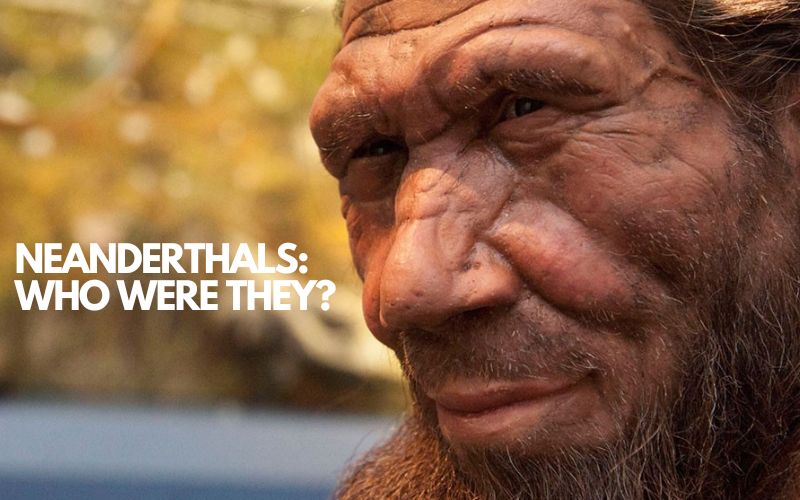
Neanderthals: who were they?
Neanderthals were an extinct species or subspecies of archaic humans who belonged to the Homo genus and inhabited Eurasia from approximately 400,000 to 40,000 years ago. They are named after the Neander Valley (or Neandertal in German) in Germany, where the first fossils were discovered in the mid-19th century.
Neanderthals are often depicted as robust,
physically powerful beings with distinctive anatomy, including a stocky build
and a large nose. However, they were well-adapted to the harsh environments of
Ice Age Europe and Asia.
Neanderthals had a robust build, with a
shorter and stockier stature compared to modern humans. They had a large nose,
likely an adaptation to cold and dry climates, which helped them humidify and
warm the cold, dry air they breathed. Neanderthals were skilled hunters and
gatherers. They used a variety of tools, including stone tools for cutting and
hunting, and they likely had some level of symbolic thinking as evidenced by
the presence of personal ornaments and possible burial practices. Neanderthals
are associated with the Mousterian stone tool industry, characterized by distinctive
bifacial tools. They also used fire and are believed to have constructed simple
shelters.
Neanderthals lived in various habitats, from the cold climates of Ice Age Europe to the more temperate environments of the Middle East.
Despite their adaptability and technological skills, Neanderthals became extinct around 40,000 years ago, coinciding with the time when modern humans were spreading into Europe. The reasons for their extinction are still debated among scientists and may involve a combination of factors, including climate change, competition with modern humans, and potential social or demographic factors.
Are they related to modern humans?
Yes, anatomically modern humans (Homo sapiens) and Neanderthals are indeed related. Genetic evidence indicates that there was interbreeding between these two groups during the time when they coexisted. Studies have shown that non-African modern humans share a small percentage of their DNA with Neanderthals.
The evidence for this interbreeding comes from
the analysis of ancient DNA extracted from Neanderthal fossils and comparisons
with the genomes of present-day humans. It suggests that there were
interactions and interbreeding events between anatomically modern humans and
Neanderthals when they encountered each other in Eurasia.
As a result of this interbreeding, many people
outside of Africa today carry a small percentage of Neanderthal DNA in their
genomes. The exact percentage varies among individuals, but it's generally
estimated to be around 1-2% for non-Africans. This shared genetic heritage is a
testament to the fact that Neanderthals and modern humans are part of the same
broader family tree within the Homo genus.
Human Diversity
By studying Neanderthals, scientists gain insights into the diversity of human species that existed in the past. This diversity adds richness to our understanding of the various branches of the human family tree and the different ways in which hominin species adapted to their environments.
In summary, the significance of Neanderthals
lies in their role as close relatives in the human evolutionary tree and the
wealth of information they provide about our shared history, genetic heritage,
and the factors that shaped the development and survival of early human
populations.
Disclaimer: The opinions expressed in this article are those of the author's. They do not purport to reflect the opinions or views of The Critical Script or its editor.

Newsletter!!!
Subscribe to our weekly Newsletter and stay tuned.

















Related Comments